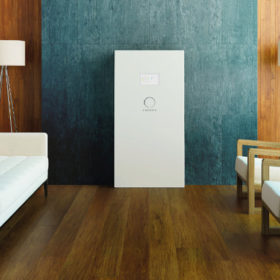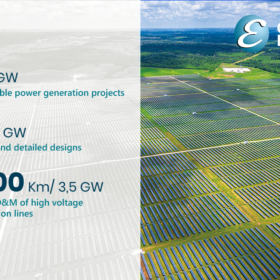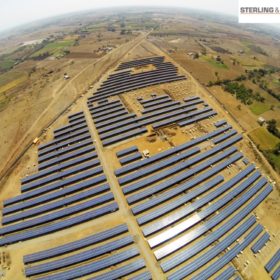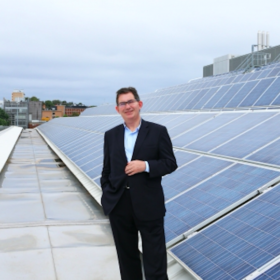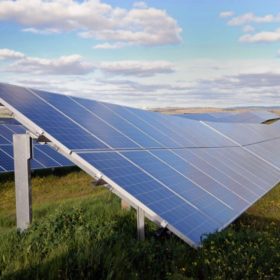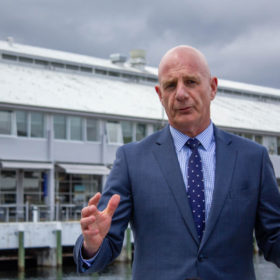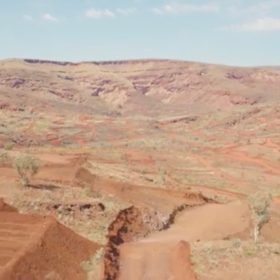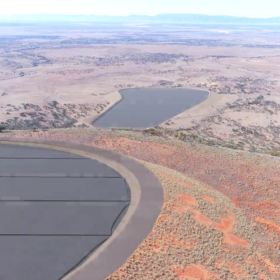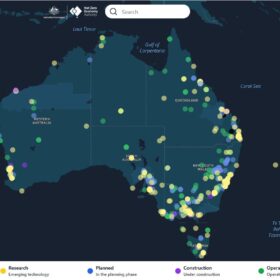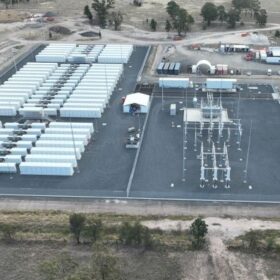Atlassian funded research reveals new Social Contract with business
New research commissioned by Atlassian suggests a burgeoning Social Contract whereby employees want business to take more of a leadership role on societal issues to make up for perceived government lack. The research feels the pulse of the Australian workforce but also raises some interesting questions.
SA Home Battery Scheme’s first step-down of subsidy
The South Australian Government’s subsidy under the $100 million Home Battery Scheme will have its first planned reduction in five weeks’ time.
Brazilian renewable energy firm sets up office in Melbourne
Grupo Energia is the latest renewable energy company to set up shop in Australia and it has chosen Melbourne for its local headquarters.
Sterling and Wilson: A view on Australia’s EPC market
Despite a sizable pipeline of big PV projects, many EPCs have found it difficult to escape the pitfalls of Australia’s notoriously competitive market. The turmoil in the solar construction sector became evident with the collapse of the nation’s leading contractor RCR Tomlinson. It was further emphasized by Tempo Australia’s problems and last month’s withdrawal of Sydney-based contractor Downer Group. As the survival of the fittest continues, Mumbai-based EPC juggernaut Sterling and Wilson Solar (SWSL) is confident it has found a way to adapt and thrive.
UNSW to divest from fossil fuels
UNSW will divest itself of fossil fuel assets by 2025 as part of its ambitious net-zero emissions goal. The global powerhouse of renewable energy and sustainability science is advancing rapidly towards energy purity as the capital flight from fossil fuels accelerates.
John Laing quits solar and wind saying returns no longer reflect risk
UK-based infrastructure investor John Laing will make no further investments in standalone solar and wind, following the write-downs taken on its European and Australian projects.
Climate policy done right: Tasmania sets 200% RE target by 2040
Tasmania has committed to being 100% renewable by 2022 and remains well on track to meet this target ahead of schedule. But the island state says it is well placed to set a more ambitious goal, which would see it double its renewable production and help mainland Australia reduce its emissions.
Telstra to go 100% renewable by 2025
Telstra joins the list of large corporations ramping up their policies on climate change through emissions reduction and renewable energy uptake. CEO Andrew Penn has declared that Telstra needs to lead from the front.
Rio Tinto to invest $1 billion toward climate change goals
Rio Tinto set to invest approximately $1 billion over the next five years as the mining giant looks to deliver on its new climate change goals and particularly its 2050 net zero emissions target.
The kids of Goat Hill: Altura proposes 1GW of east-coast pumped hydro projects
You’ll recall that in 2019, an Australian National University Study identified 22,000 potential pumped-hydro energy storage sites across Australia. Altura Group, is proposing development of three east-coast sites that are also close to strong transmission connections, abundant renewable resources and load centres.

